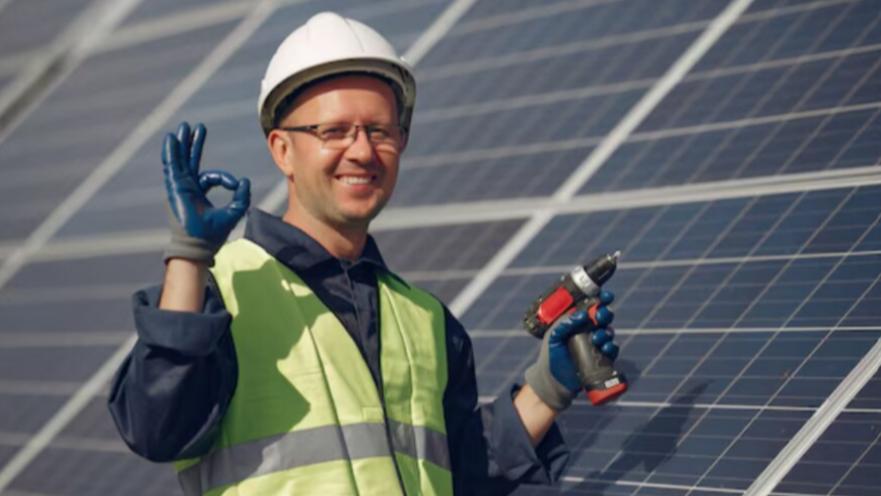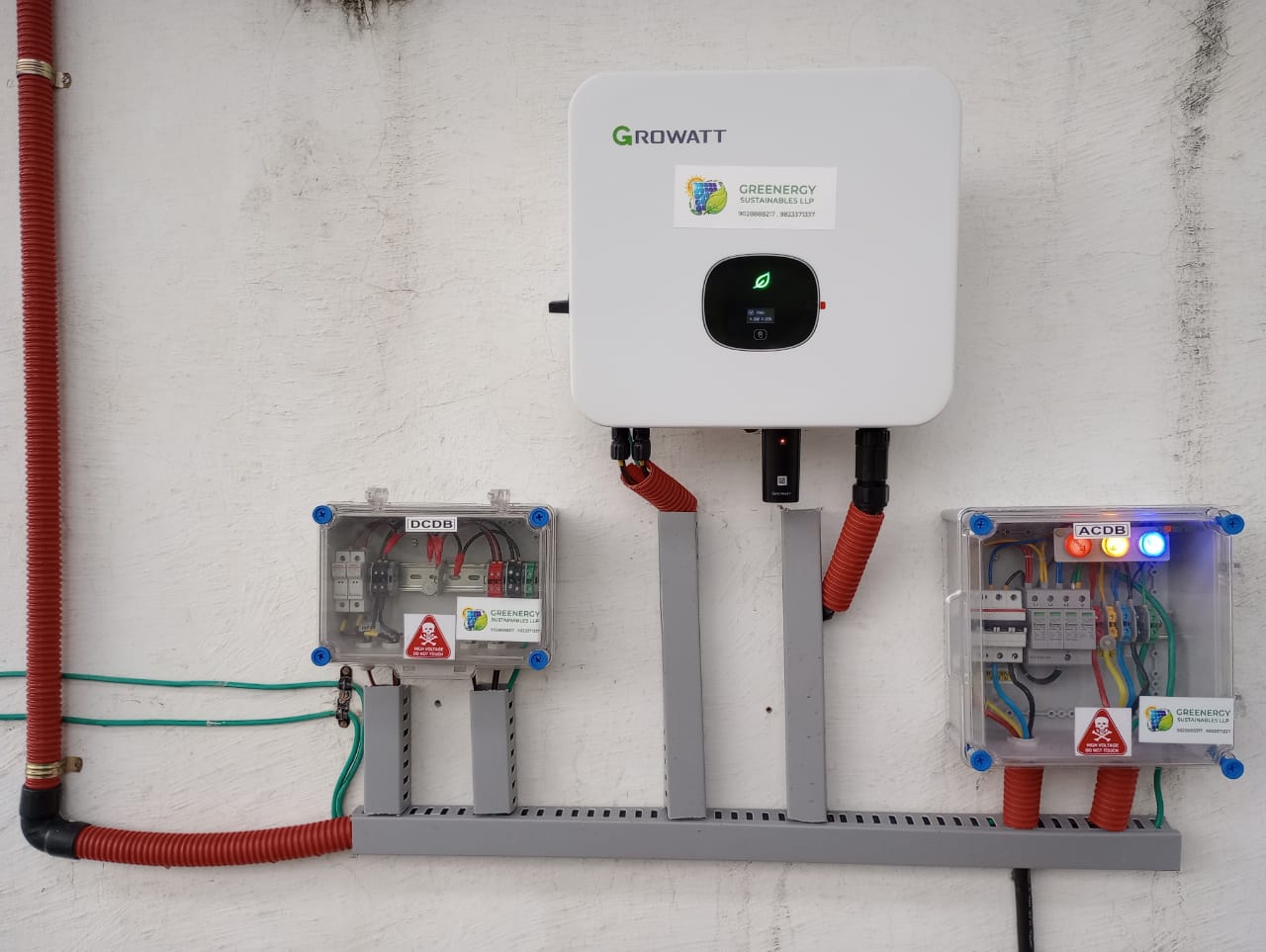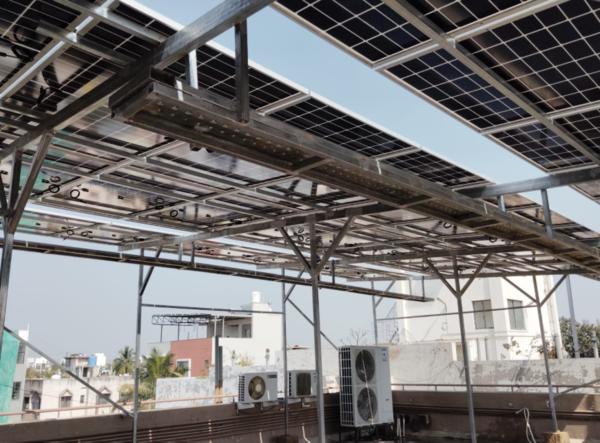
When designing a rooftop solar plant, several safe...

When designing a rooftop solar plant, several safety features must be implemented to protect both the system and its users. Here are some key considerations: Fire Safety: Install proper circuit breakers and fuses to prevent overcurrent situations. Use fire-resistant materials and ensure all electrical components are rated for outdoor use, with appropriate insulation to avoid short circuits and fires. Grounding and Bonding: Ensure that the entire system, including panels, wiring, and mounts, is properly grounded. This reduces the risk of electric shock and helps in the safe dissipation of fault currents. Weatherproofing: Since rooftop installations are exposed to the elements, it's crucial to use weatherproof enclosures for inverters and electrical connections. Sealing connectors and junction boxes can prevent moisture ingress and reduce the risk of electrical faults. Electrical Isolation: Install an emergency shutdown mechanism that allows for the disconnection of the system from the grid and prevents backfeeding electricity during maintenance or emergencies. Overvoltage and Surge Protection: Use surge protectors to shield the system from lightning strikes or power surges, which can cause irreparable damage to solar panels and inverters. Structural Integrity: The mounting structure should be robust and able to withstand wind and other environmental stresses. Ensure that panels are securely fastened to avoid accidents from dislodged units. Access and Warning Signs: Limit access to the roof by providing clear warning signs indicating the presence of electrical hazards. Install proper fall protection systems to prevent accidents during maintenance. Regular Inspection and Maintenance: Establish a routine inspection schedule to check for any wear, corrosion, or faulty wiring, ensuring the system continues to operate safely over time
Keywords
Subscribe for latest offers & updates
We hate spam too.


